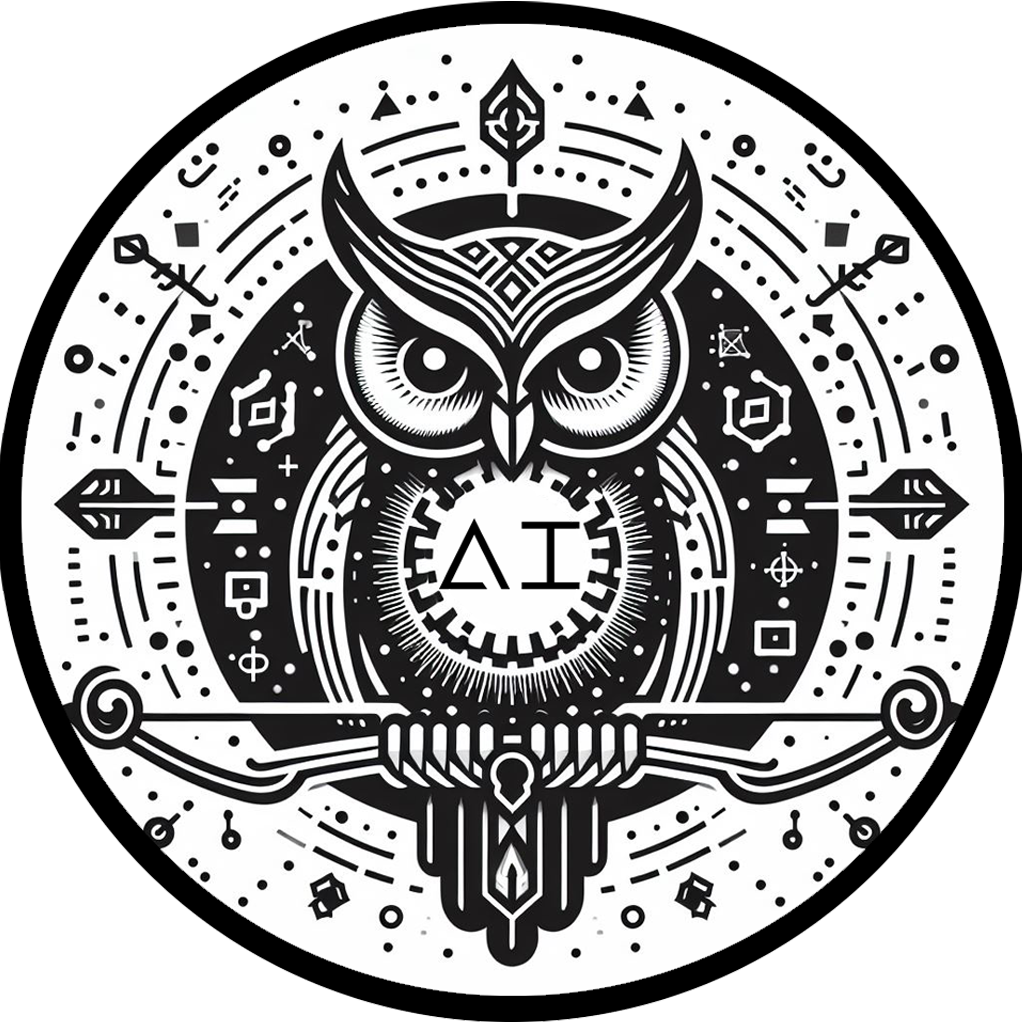For me, the choice of tools is always dependent on the job at hand. Here are some popular and widely used tools in various categories within the field of data science:
- Programming Languages:
- Python: Widely used for its extensive libraries (e.g., NumPy, pandas, scikit-learn) and a rich ecosystem for data science.
- R: Popular for statistical analysis and visualization, especially in academia and research.
- Integrated Development Environments (IDEs):
- Jupyter Notebooks: Interactive and widely used for data exploration, visualization, and collaborative work.
- RStudio: An IDE specifically designed for R, offering features for code editing, debugging, and visualization.
- Data Manipulation and Analysis:
- Pandas (Python): Provides data structures and tools for efficient data manipulation and analysis.
- dplyr and tidyr (R): Part of the tidyverse, offering a set of packages for data manipulation and cleaning.
- Machine Learning Libraries:
- scikit-learn (Python): Simple and efficient tools for data mining and data analysis, particularly well-suited for machine learning tasks.
- TensorFlow and PyTorch (Python): Popular deep learning frameworks for building and training neural networks.
- Data Visualization:
- Matplotlib and Seaborn (Python): Used for creating static, animated, and interactive visualizations in Python.
- ggplot2 (R): A powerful and flexible package for creating static graphics in R.
- Big Data Processing:
- Apache Spark: Enables distributed data processing and is suitable for handling large-scale data sets.
- Hadoop: A framework for distributed storage and processing of large data sets.
- Database Management:
- SQL (Structured Query Language): Essential for querying and managing relational databases.
- SQLite: A lightweight, serverless database engine often used for local development and testing.
- Version Control:
- Git: Essential for tracking changes in code, collaborating with others, and managing project versions.
- GitHub and GitLab: Platforms that provide hosting for software development and version control using Git.
- Cloud Platforms:
- AWS, Azure, Google Cloud: Provide cloud-based services for scalable storage, computation, and machine learning.
- Notebook Sharing and Collaboration:
- Google Colab: Allows users to write and execute Python code in a collaborative environment.
- Kaggle Notebooks: An integrated environment on Kaggle for data science projects, competitions, and collaboration.
These tools are just a selection, and the choice of tools may vary based on the specific needs and preferences of data scientists and the requirements of the project. Additionally, the field of data science is dynamic, with new tools and libraries continually emerging.


